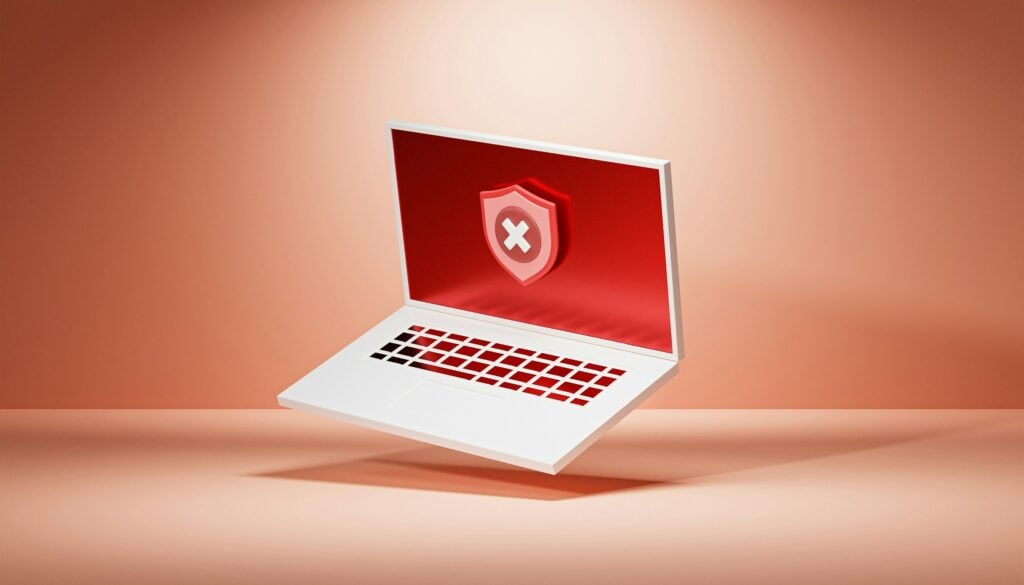In an increasingly digital world, cybersecurity has become a critical concern for all sectors, including healthcare and social services. For the National Disability Insurance Scheme (NDIS), which supports some of the most vulnerable members of our society, ensuring robust cybersecurity measures is not just a technical requirement—it’s a moral imperative.

Understanding the NDIS Cybersecurity Landscape
The NDIS provides funding and support to Australians with disabilities, enabling them to live more independently and participate fully in society. This support often includes sensitive personal and medical information that, if compromised, could have severe consequences for participants.
The threat landscape is vast: from external cyber-attacks to internal vulnerabilities. While many focus on the threat posed by hackers, it’s important to recognise that the danger isn’t solely from outside forces. A significant portion of cybersecurity risk within the NDIS ecosystem comes from within, particularly through support workers who have access to sensitive information.
The Role of Support Workers in Cybersecurity
Support workers play a crucial role in the lives of NDIS participants. They often have direct access to personal information, including health records, financial details, and other sensitive data. While most support workers are dedicated professionals, the reality is that any system is only as strong as its weakest link. This makes it essential to ensure that support workers are not just aware of cybersecurity risks but are actively engaged in mitigating them.
The Threat from Within
Internal threats can manifest in various ways, ranging from accidental data breaches to deliberate misuse of information. For example:
- Phishing Scams: Support workers, like any other employees, can fall victim to phishing scams, inadvertently giving hackers access to NDIS systems.
- Unsecured Devices: Many support workers use personal devices for work. If these devices are not secured, they can become easy entry points for cybercriminals.
- Human Error: Mistakes such as sending sensitive information to the wrong recipient or mishandling participant data can lead to significant breaches.
Educating Support Workers: A Critical Need
Given the pivotal role support workers play, educating them about cybersecurity is not optional—it’s essential. This education should be comprehensive, covering the following key areas:
Basic Cybersecurity Awareness:
- Understanding the importance of strong, unique passwords.
- Recognising phishing attempts and other common cyber threats.
- The importance of keeping devices secure and up to date with the latest security patches.
Data Handling Best Practices:
- Proper procedures for handling sensitive information.
- Knowing when and how to share participant data securely.
- The importance of reporting potential breaches or suspicious activities immediately.
Device Security:
- Ensuring personal devices used for work purposes are secured with up-to-date antivirus software.
- The risks associated with using public Wi-Fi networks for accessing sensitive information.
- The importance of encryption and secure backups.
Cultural Shift Toward Security:
- Fostering a culture where cybersecurity is seen as a shared responsibility.
- Encouraging support workers to think critically about potential security risks in their daily activities.
- Promoting open communication about cybersecurity concerns within the organisation.
Implementing Stronger Cybersecurity Measures
While education is critical, it must be supported by robust organisational policies and technological measures. This includes:
- Regular Training and Drills: Ongoing cybersecurity training should be mandatory, with regular updates as new threats emerge. Simulated phishing attacks and other drills can help reinforce this training.
- Access Controls: Implementing strict access controls ensures that support workers only have access to the data necessary for their roles.
- Monitoring and Auditing: Regular monitoring of access logs and data usage can help detect unusual activity early, preventing potential breaches.
Conclusion: The Shared Responsibility of Cybersecurity
The importance of cybersecurity within the NDIS cannot be overstated. With support workers having direct access to sensitive information, they must be seen as frontline defenders against potential cyber threats. By educating and empowering them with the right tools and knowledge, the NDIS can better protect its participants from the dangers that lurk both outside and within.
Cybersecurity is a shared responsibility. By working together, the NDIS, its participants, and support workers can create a safer, more secure environment for all. This not only protects sensitive data but also ensures the trust and safety of those who rely on the NDIS every day




